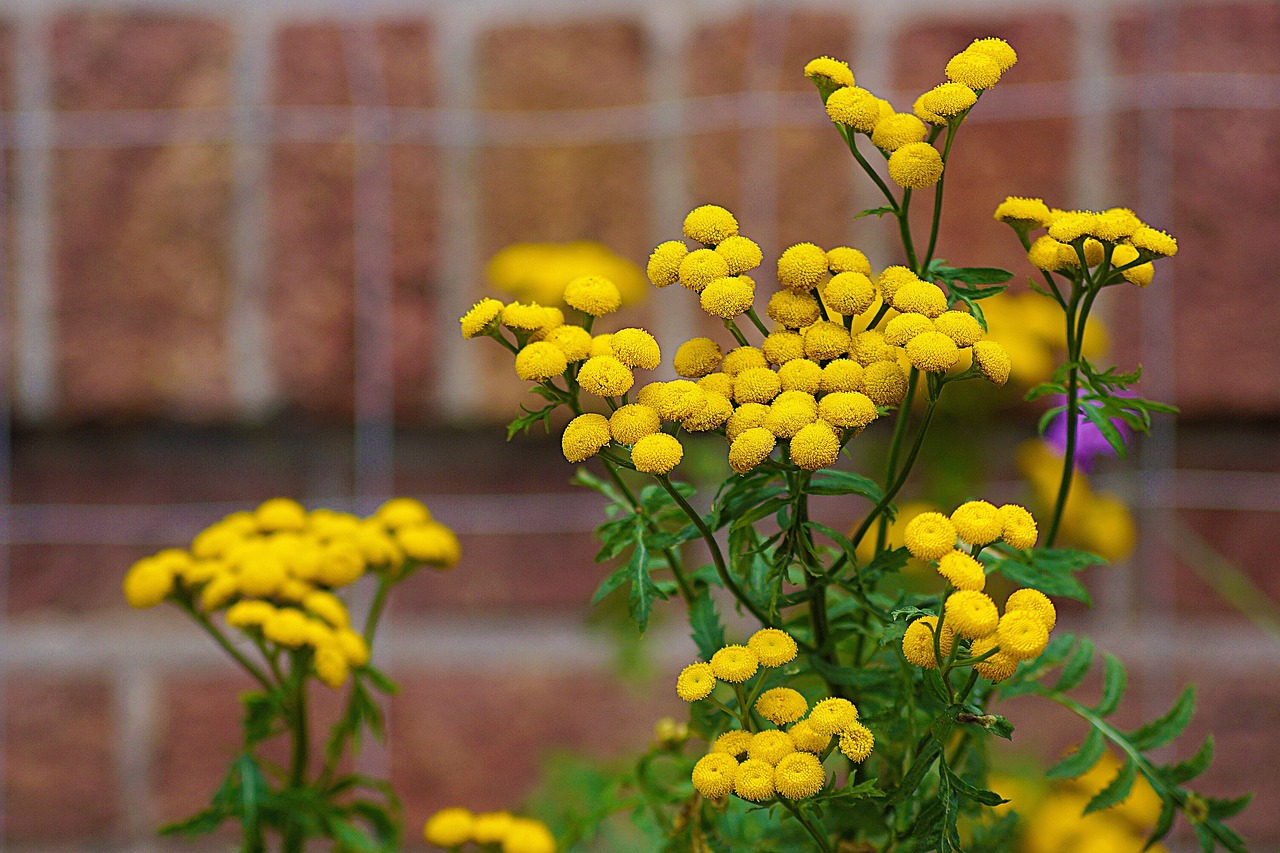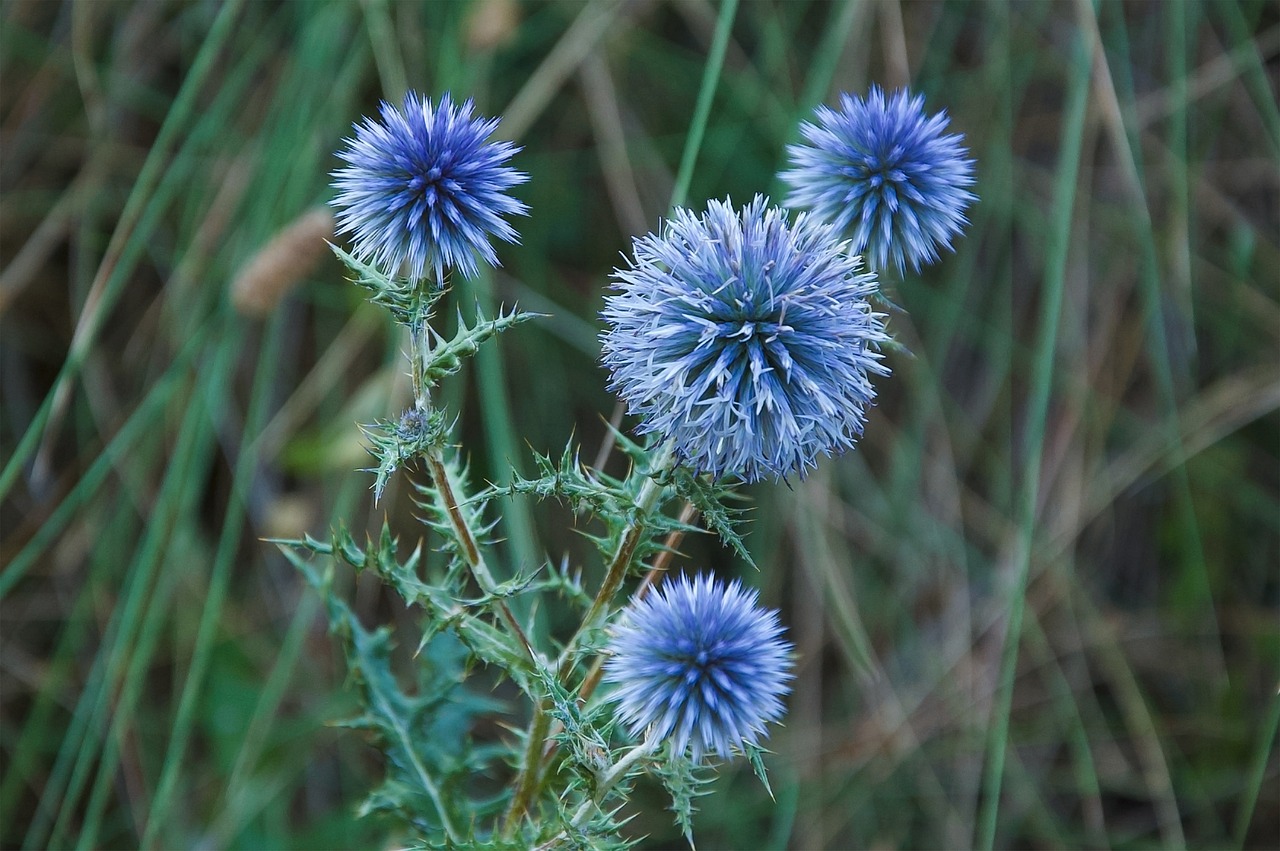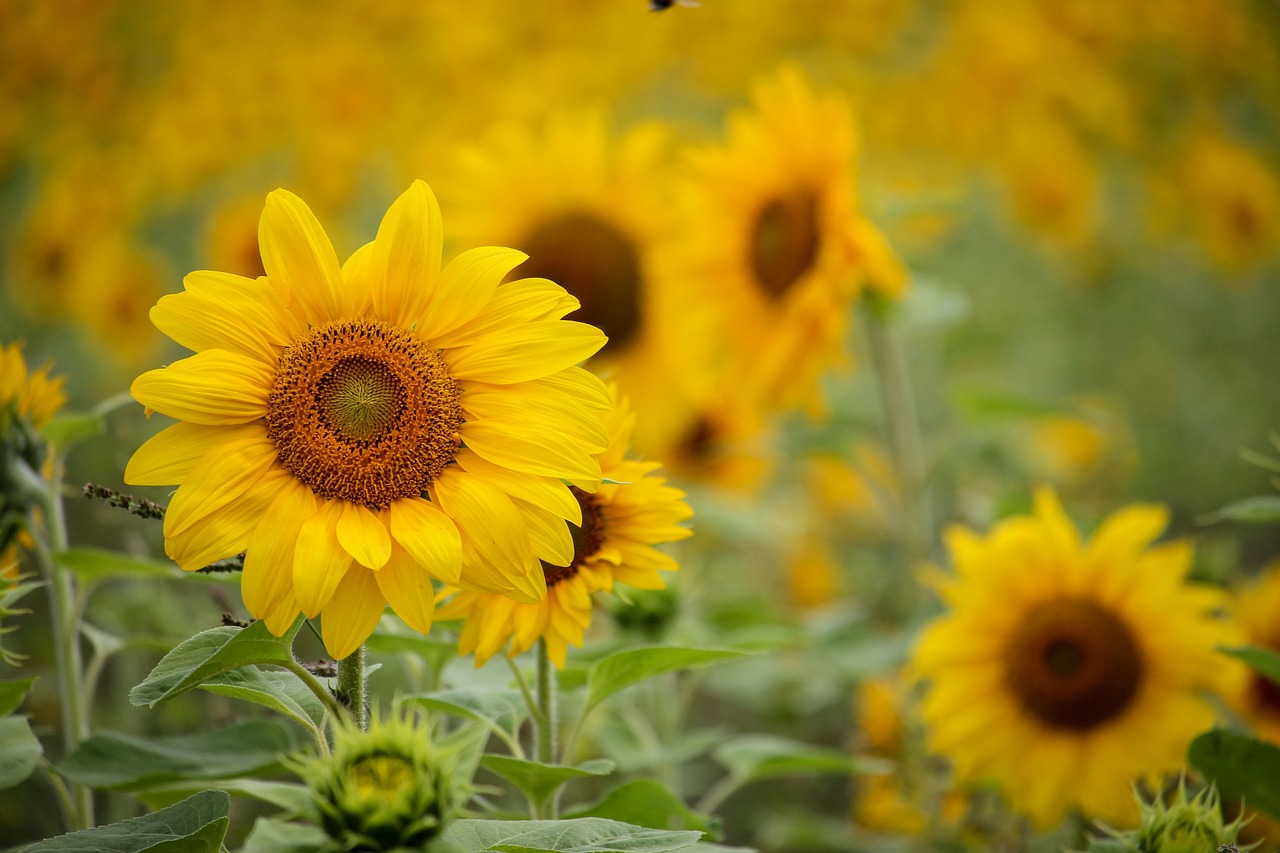Dandelion: Features and Care
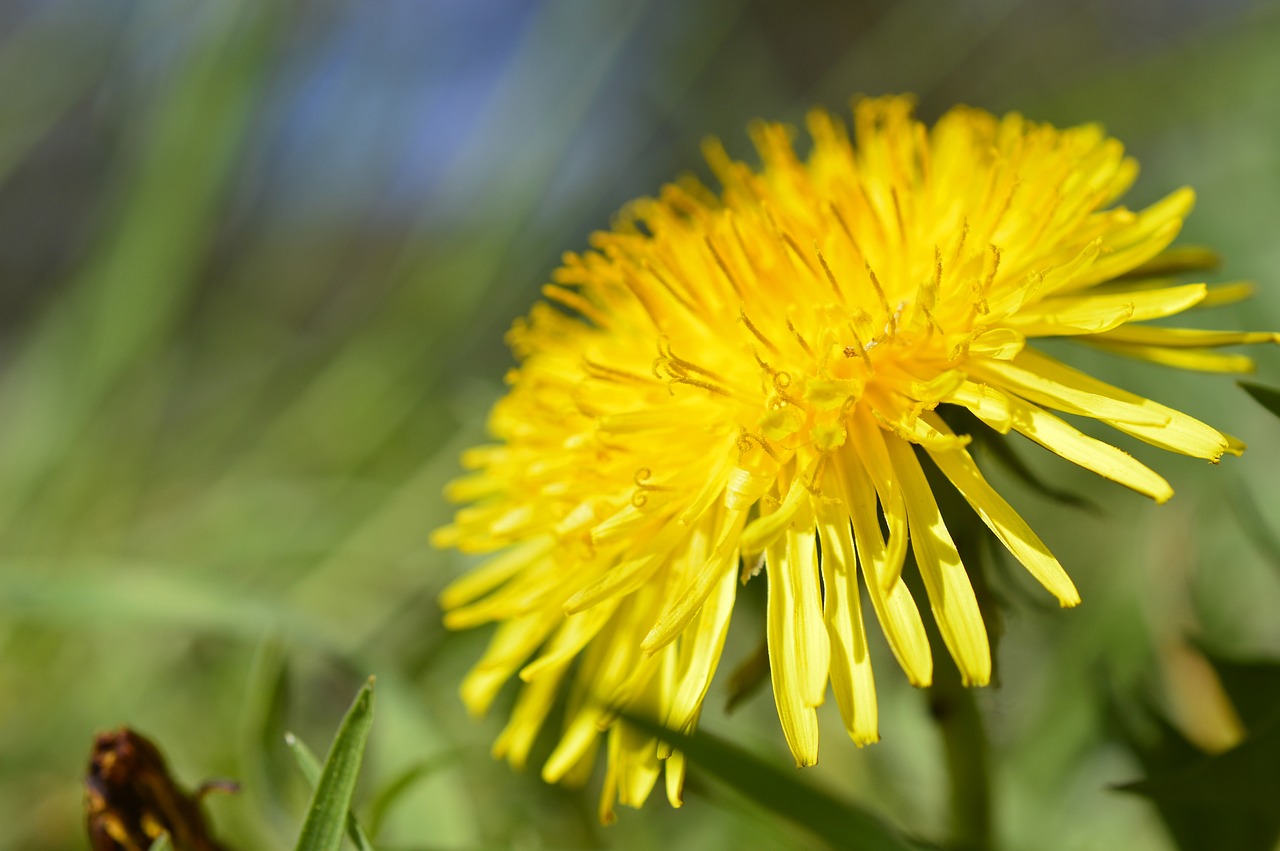
The dandelion is one of the most familiar flowers of spring, known for its bright yellow blooms and the fluffy white seeds that float away on the wind. It’s a symbol of the season and can be found in many everyday settings.
In this article, I’ll explore the basic information, cultural significance, historical background, and gardening tips related to dandelions.
Basic Information
- Scientific name: Taraxacum officinale
- Family: Asteraceae
- Origin: Europe, Asia
- Appearance: The dandelion is a perennial herb with bright yellow flowers. Its leaves form a rosette on the ground, and the flower stems rise up to produce a single spherical bloom. After the flowers fade, the familiar fluffy seed heads appear, which are carried away by the wind.
- Blooming season: Typically from spring to early summer (March to May), though it can also bloom in autumn in warmer regions.
Cultural Significance
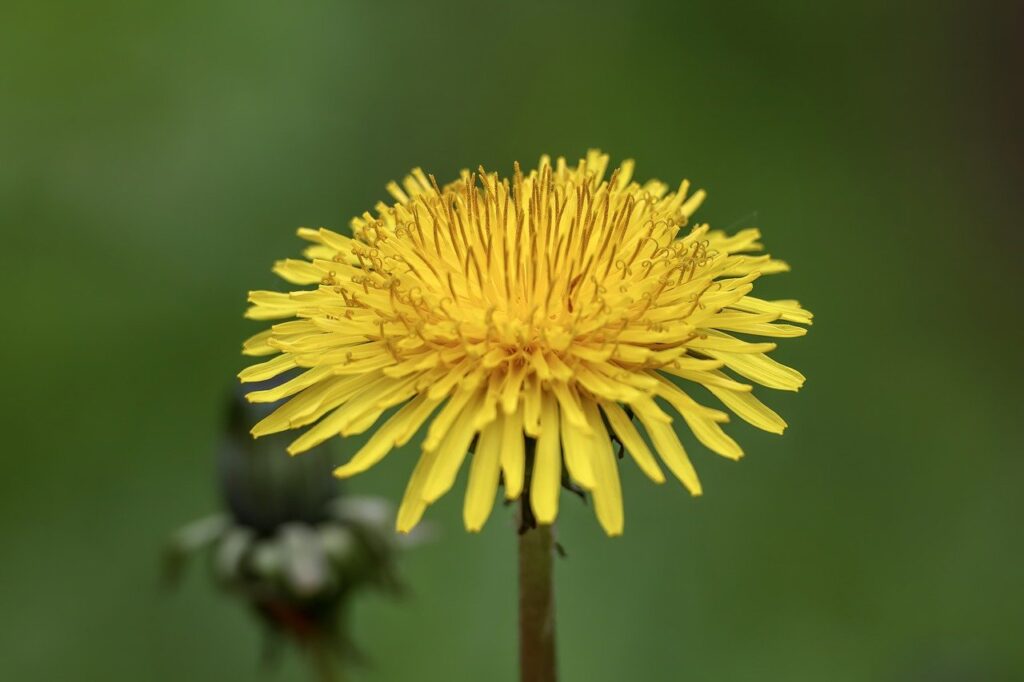
Dandelions are beloved worldwide and are often seen as a symbol of spring. In many cultures, they represent “hope” and “renewal.” The act of blowing the fluffy seeds and making a wish is a common tradition, especially among children.
In Japan, dandelions are also a familiar symbol of spring and are frequently featured in children’s stories and educational materials. Although the non-native western dandelion species is now widespread in Japan, native species are carefully preserved in various regions and continue to be appreciated for their unique charm.
Historical Episodes
Throughout history, dandelions have been admired for their resilience and beauty. The sight of dandelion seeds drifting on the wind has inspired poetry and stories, symbolizing change and the passage of time.
In Japan, dandelions have long been associated with childhood and springtime. Traditional dandelion games, where children blow the seeds and watch them fly away, are still a nostalgic part of spring activities.
Gardening Advice
Cultivation Guide
Dandelions are extremely hardy plants that require little to no care. While they grow naturally in many environments, they can also be cultivated in home gardens. They prefer sunny locations, but can thrive in partial shade as well. No special fertilizers or soil treatments are required, making dandelions an easy choice for beginners.
Watering is also minimal; natural rainfall is usually enough to sustain them. In drier periods, water when the soil becomes dry, but generally, dandelions are very low-maintenance.
Environment and Growing Conditions
Dandelions prefer well-drained soil and can adapt to a variety of conditions. However, because they spread quickly, it’s important to manage their growth to prevent them from taking over your garden. Regular pruning and weeding will help control their spread.
If you want to limit their growth to a specific area, consider planting them in pots or designated garden beds.
Conclusion
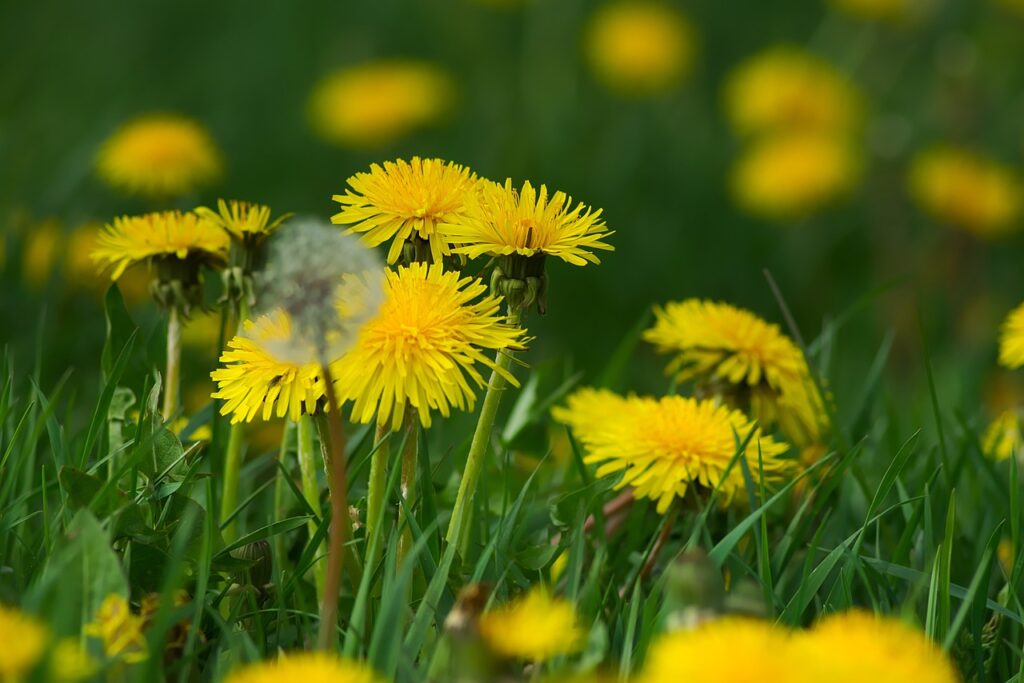
Dandelions are a beloved symbol of spring, easy to grow, and require minimal care. Despite their commonness, they continue to enchant with their delicate blooms and floating seeds.
Whether in your garden or in the wild, dandelions offer a chance to reconnect with the simple joys of nature and discover new beauty in familiar surroundings.

